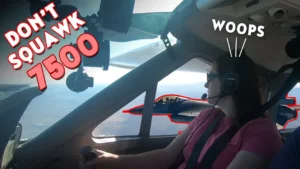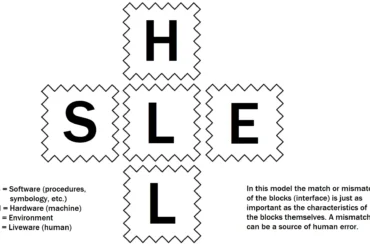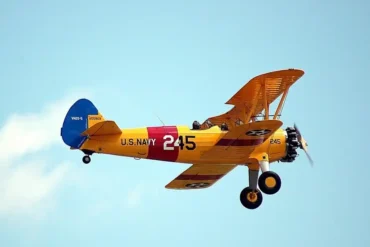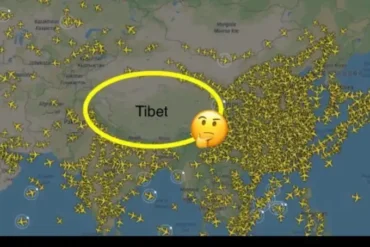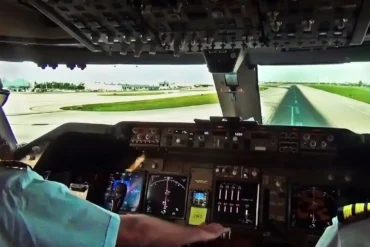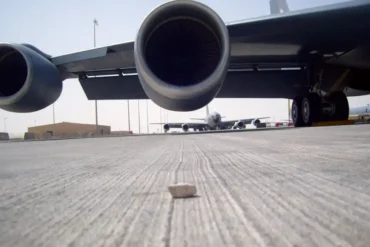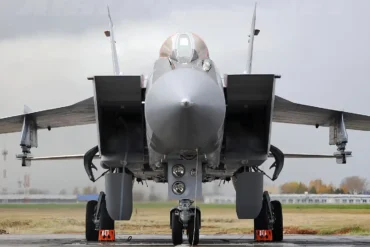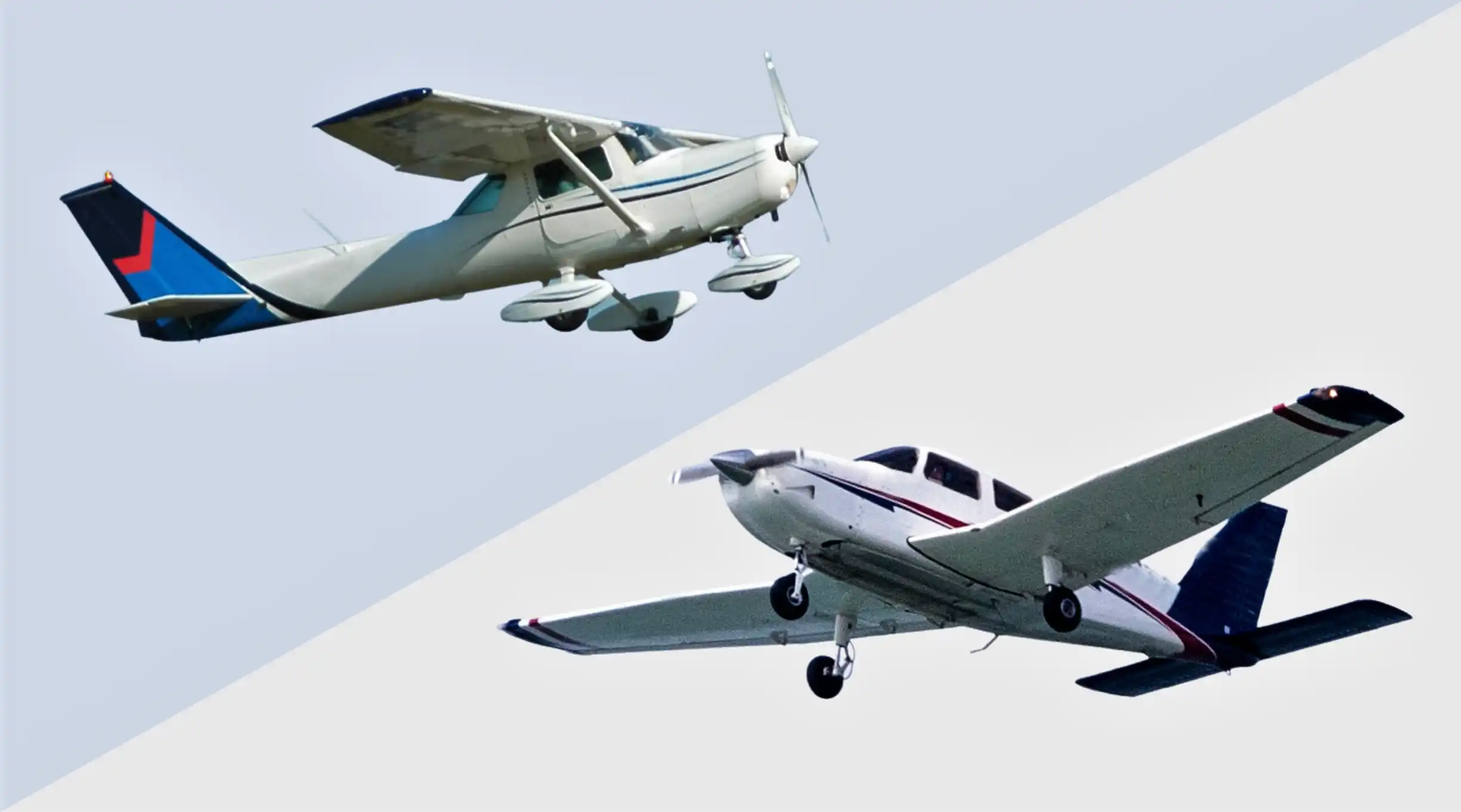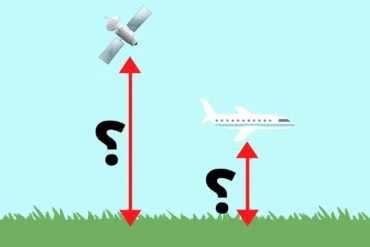You’ve probably heard of the famous code 7500, often shown in movies and TV shows when planes are hijacked. But what exactly are squawk codes like this, and why do we use them? Let’s dive into where they came from and look at some well-known squawk codes that have become important in the world of flying.
Getting to know squawk codes
Squawk codes are like name tags that air traffic control (ATC) uses to tell different planes apart while they’re flying. These codes are four-digit numbers between 0000 and 7777. Some codes have special meanings (we’ll talk about those later), but most are just random numbers given out by ATC. Back when commercial flying was new, radar was used to see where planes were, but they just looked like little dots on ATC screens. As more and more people started flying, the skies got crowded, and it became dangerous to have so many planes without a way to tell them apart.
That’s where squawk codes come in handy. With 4096 different combinations to choose from, ATC can give each plane its own code when it enters their airspace. Pilots then put this code into a device on their plane called a transponder. The transponder keeps sending this code back to ATC, so they can see the squawk code next to the plane on their tracking screen.
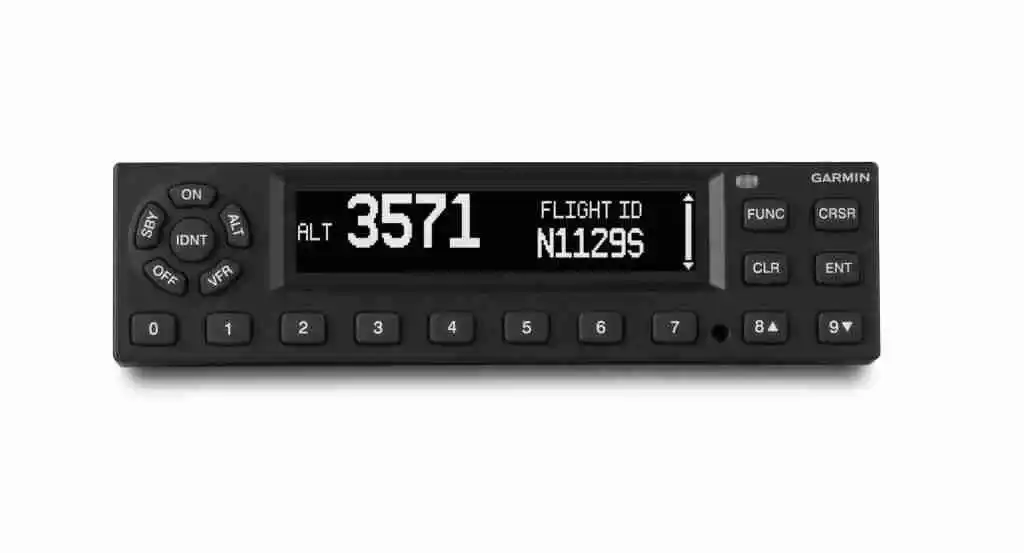
Famous squawk codes
Besides the codes used to identify planes, there are three special squawk codes that aren’t just random numbers. Pilots use these to talk to ATC without words, especially in emergencies. These codes are the same all over the world, so no matter where you are, they mean the same thing.
The first one is code 7500, which means “illegal interference” – in other words, hijacking. This shows how useful squawking can be, as pilots can secretly tell ATC what’s happening. After this code is sent, different things might happen, like security forces getting involved. Movies often show military planes escorting the hijacked plane, but sometimes authorities just wait for the plane to land.
Can’t talk right now
The second emergency code is 7600, which tells ATC that the plane can’t talk using words. This might mean the pilot can hear ATC but can’t answer back. ATC might then ask the pilot to use the Ident button to communicate. This little button on the transponder makes the plane flash on the controller’s screen, so they can talk using visual signals. Interestingly, when planes can’t use words to talk near the airport, pilots can use lights instead. These signals come from a special light gun in the control tower, and ATC uses red, green, or white lights to send messages to the plane. Pilots learn what these light signals mean during their training.
The big picture
Lastly, the third emergency code is 7700, which is used for general emergencies. After talking to ATC, a plane might be told to squawk 7700 so they’re easy to spot and can get help quickly. Squawking 7700 lets the pilot do whatever they need to do to keep everyone on board safe, even if it means breaking normal rules. It also lets all nearby ATC know that the flight is having an emergency.
Squawk codes are super important for managing flights all over the world, helping keep our skies organized and safe. Without these codes, things in the air would probably be much messier and more dangerous. So, next time you’re looking at flight details online, take a peek at the squawk code – you might just catch a glimpse of something exciting happening up in the sky!
